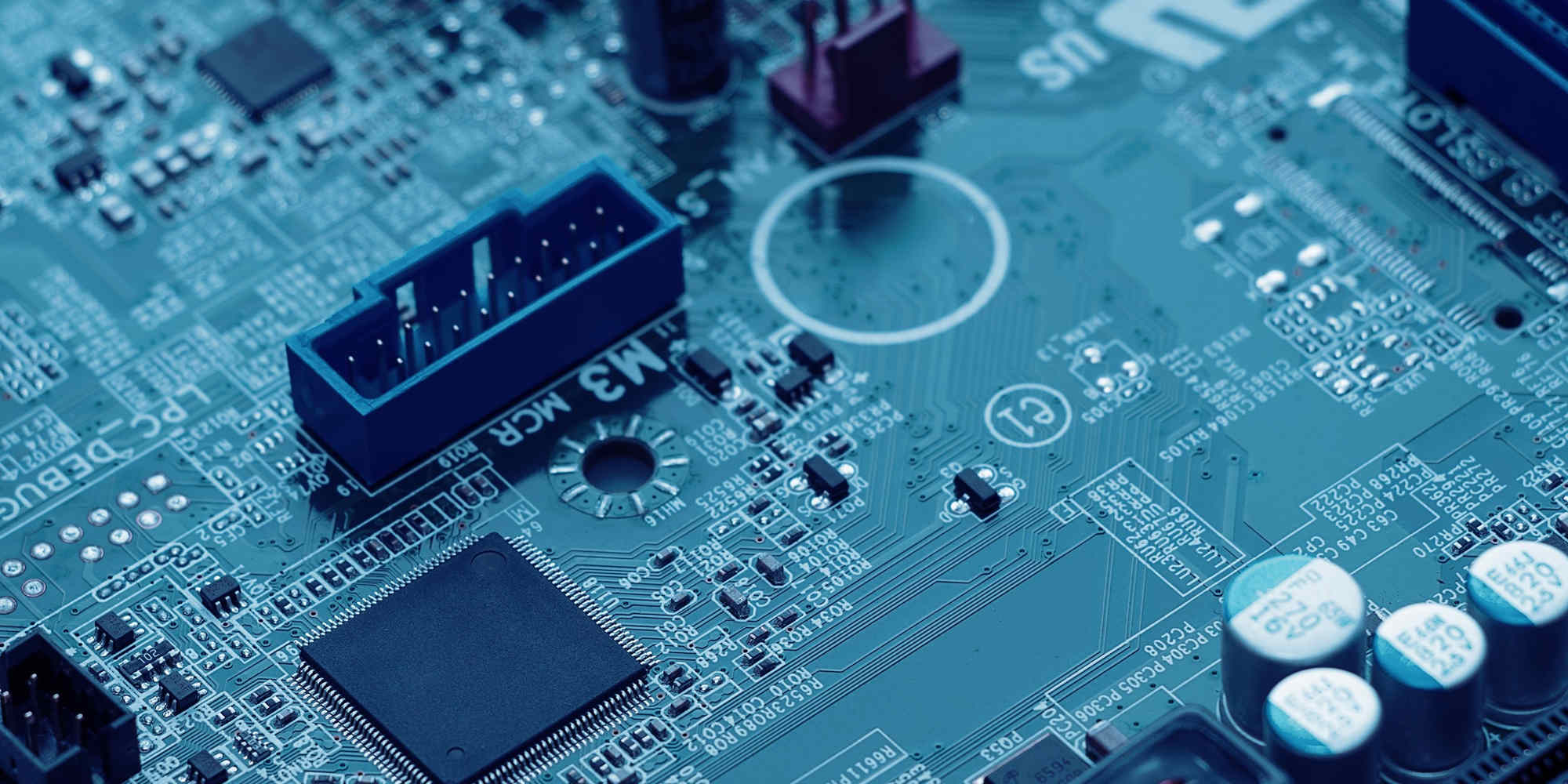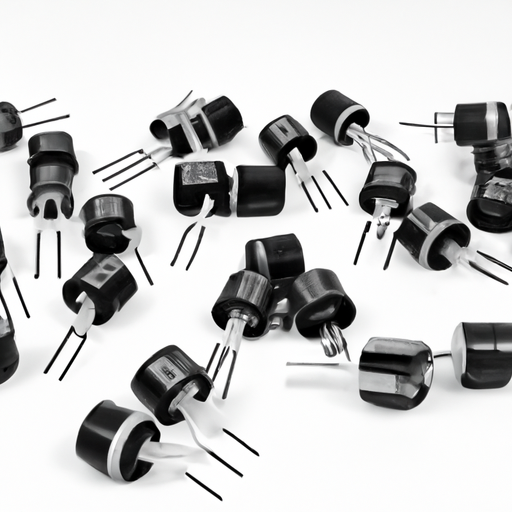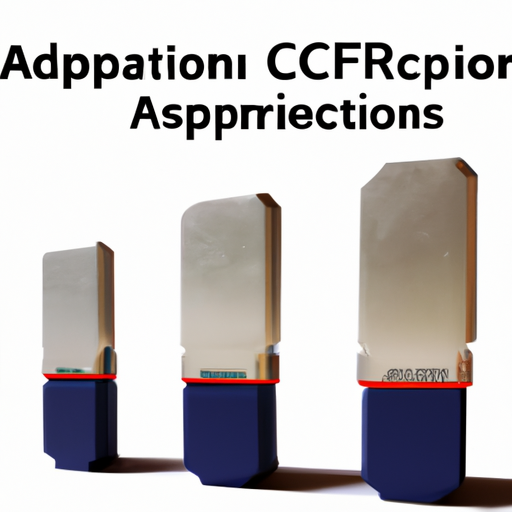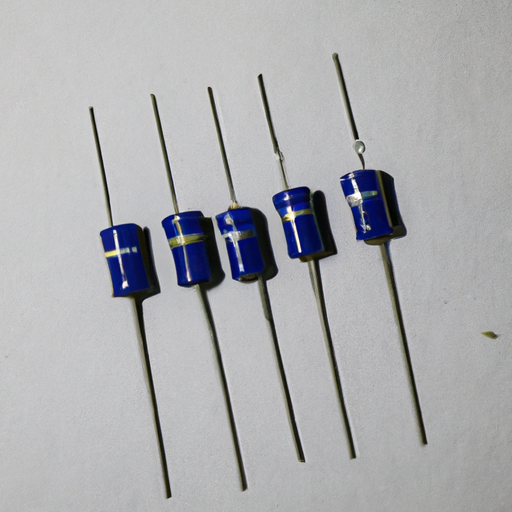CORE_COMPETENCE
Product_Leaders
index_more
index_more_content
info_item01
info_item_content01
info_item02
info_item_content02
info_item03
info_item_content03
info_item04
info_item_content04
NEWS
NEWS
ECS-F1CE225K Inductors, Coils, Chokes highlighting the core functional technology articles and application development cases of Inductors, Coils, Chokes that are effective.
ECS-F1CE225K Inductors, Coils, Chokes: Core Functional Technologies and Application Development CasesInductors, coils, and chokes are fundamental components in electronic circuits, serving critical roles in energy storage, filtering, and signal processing. The ECS-F1CE225K is a specific inductor model that exemplifies these functionalities across various applications. Below, we explore the core functional technologies and application development cases that highlight the effectiveness of inductors, coils, and chokes.
Core Functional Technologies1. Energy Storage2. Filtering3. Choke Applications4. Transformers5. Current Sensing1. Power Supply Design2. RF Applications3. Audio Equipment4. Motor Control5. LED Drivers6. Telecommunications Application Development Cases ConclusionInductors, coils, and chokes are indispensable in modern electronic design, with applications spanning power supplies, RF circuits, audio systems, and more. The ECS-F1CE225K inductor exemplifies the versatility and importance of these components in achieving efficient and reliable electronic systems. By understanding their core functional technologies and application cases, engineers can effectively integrate inductors into their designs to meet specific performance requirements, ultimately enhancing the functionality and reliability of electronic devices.
2025-04-14
application development in Capacitors for CFR-12JB-52-110R: key technologies and success stories
Application Development in Capacitors for CFR-12JB-52-110R: Key Technologies and Success Stories Application Development in Capacitors for CFR-12JB-52-110R: Key Technologies and Success Stories
While the CFR-12JB-52-110R is a resistor, the principles of application development for capacitors share many similarities. Capacitors are integral components in various electronic applications, and understanding their role, along with the technologies that facilitate their use, is essential for successful application development.
Key Technologies in Application Development for Capacitors Key Technologies in Application Development for Capacitors 1. Simulation Software 2. PCB Design Software 3. Embedded Systems 4. IoT Integration 5. Power Management ICs 6. Machine Learning and AI 1. Consumer Electronics 2. Electric Vehicles (EVs) 3. Renewable Energy Systems 4. Medical Devices 5. Telecommunications Success Stories Success Stories
Conclusion Conclusion
The development of applications involving capacitors, including those similar to the CFR-12JB-52-110R, requires a comprehensive understanding of simulation, design, and integration technologies. The success stories across various industries underscore the critical role capacitors play in enhancing performance, efficiency, and reliability in electronic devices. As technology continues to advance, capacitors will remain a cornerstone in driving innovation across multiple sectors, from consumer electronics to renewable energy and beyond.
2025-04-12
S6008L Resistors highlighting the core functional technology articles and application development cases of Resistors that are effective.
Overview of S6008L Resistors and Their Applications
The S6008L resistors are a specific type of resistor that can be utilized in various electronic applications. While detailed articles or case studies specifically on the S6008L may not be readily available, we can explore the core functional technology of resistors in general and highlight effective application development cases that demonstrate their utility.
Core Functional Technology of Resistors
1. **Basic Functionality**: Resistors are passive components that limit the flow of electric current in a circuit. They are essential for controlling voltage and current levels, ensuring that electronic devices operate within safe parameters.
2. **Types of Resistors**:
- **Fixed Resistors**: These resistors have a constant resistance value and are widely used in various applications.
- **Variable Resistors**: These include potentiometers and rheostats, allowing for adjustable resistance in circuits.
- **Specialty Resistors**: This category includes thermistors (temperature-sensitive), photoresistors (light-sensitive), and others designed for specific applications.
3. **Material Composition**: The performance of resistors is influenced by their material composition. Common materials include:
- **Carbon Composition**: Used for general-purpose resistors.
- **Metal Film**: Offers better stability and precision.
- **Wire-Wound**: Suitable for high-power applications.
4. **Power Rating**: Resistors are rated for the maximum power they can dissipate without overheating, typically measured in watts (W). This rating is crucial for ensuring reliability in circuit designs.
5. **Tolerance**: This indicates the allowable variation from the stated resistance value, expressed as a percentage. Lower tolerance values indicate higher precision, which is essential in sensitive applications.
6. **Temperature Coefficient**: This parameter measures how much the resistance changes with temperature, which is vital for applications requiring stable performance across varying environmental conditions.
Application Development Cases
1. **Voltage Divider Circuits**: Resistors are often used in voltage divider configurations to create reference voltages. For instance, in sensor applications, resistors can scale down voltage levels to match the input range of microcontrollers, ensuring accurate readings.
2. **Current Limiting in LED Circuits**: Resistors are crucial in LED circuits to limit the current flowing through the LED, preventing damage and ensuring optimal brightness. The selection of the appropriate resistor value is critical for achieving the desired current and brightness levels.
3. **Signal Conditioning**: In analog signal processing, resistors are integral to filters and amplifiers that shape and condition signals. For example, in audio applications, resistors can be part of low-pass or high-pass filters, controlling the frequency response and enhancing sound quality.
4. **Pull-Up and Pull-Down Resistors**: In digital circuits, pull-up and pull-down resistors are used to ensure that inputs to logic gates are at defined logic levels when no active devices are driving the inputs. This is essential for preventing floating inputs and ensuring reliable operation.
5. **Temperature Sensing with Thermistors**: Thermistors, a type of resistor, are widely used in temperature sensing applications. They change resistance with temperature, allowing for precise temperature measurements in HVAC systems, automotive applications, and consumer electronics.
6. **Power Management**: In power supply circuits, resistors are used for load balancing and creating voltage references. They play a crucial role in ensuring the stable operation of power management integrated circuits (ICs), which are essential for efficient energy use in electronic devices.
Conclusion
Resistors, including specific types like the S6008L, are fundamental components in electronic design, serving various roles from current limiting to signal conditioning. Their effectiveness in applications is largely determined by their specifications, including resistance value, power rating, and tolerance. Understanding these core technologies and their applications can lead to more efficient and reliable electronic designs. For specific articles or case studies, it is advisable to consult technical journals, manufacturer datasheets, or industry publications that focus on electronic components and circuit design. This will provide deeper insights into the practical applications and innovations involving resistors like the S6008L.
2025-04-12

























